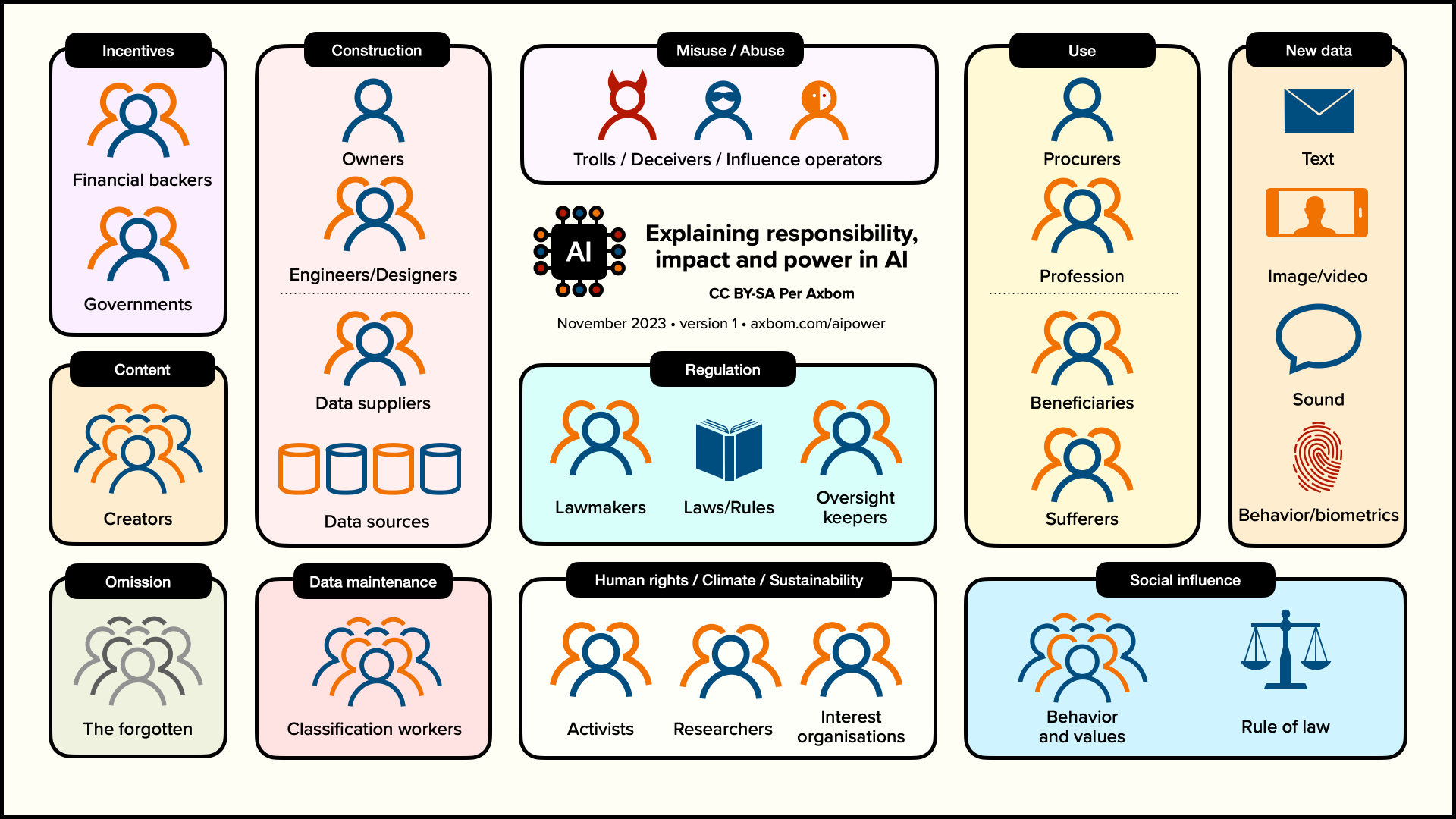Retrieval Augmented Generation (RAG) is a method in natural language processing (NLP) that combines the power of both neural language models and information retrieval methods to generate responses or text that are informed by a large body of knowledge. The concept was introduced by Facebook AI researchers and represents a hybrid approach to incorporating external knowledge into generative models.
RAG models effectively leverage a large corpus of text data without requiring it to be stored in the parameters of the model. This is achieved by utilizing a retriever-generator framework:
-
The Retriever component is responsible for finding relevant documents or passages from a large dataset (like Wikipedia or a corpus of scientific articles) that are likely to contain helpful information for generating a response. This retrieval is typically based on vector similarity between the query and the documents in the dataset, often employing techniques like dense passage retrieval (DPR).
-
The Generator component is a large pre-trained language model (like BART or GPT-2) that generates a response by conditioning on both the input query and the documents retrieved by the retriever. It integrates the information from the external texts to produce more informed, accurate, and contextually relevant text outputs.
The RAG model performs this process in an end-to-end differentiable, meaning it can be trained in a way that updates both the retriever and generator components to minimize the difference between the generated text and the target text. The retriever is typically optimized to select documents that will lead to a correct generation, while the generator is optimized to produce accurate text given the input query and the retrieved documents.
To summarize, RAG allows a generative model to:
- Access vast amounts of structured or unstructured external data.
- Answer questions or generate content that requires specific knowledge not contained within the model itself.
- Benefit from up-to-date and expansive datasets, assuming the retriever's corpus is kept current.
RAG addresses the limitation of standard language models that must rely solely on their internal parameters for generating text. By augmenting generation with on-the-fly retrieval of relevant context, RAG-equipped models can produce more detailed, accurate, and nuanced outputs, especially for tasks like question answering, fact-checking, and content creation where detailed world knowledge is crucial.
This technique represents a significant advancement in generative AI, allowing models to provide high-quality outputs without memorizing all the facts internally, but rather by knowing (GPT4-0web)

